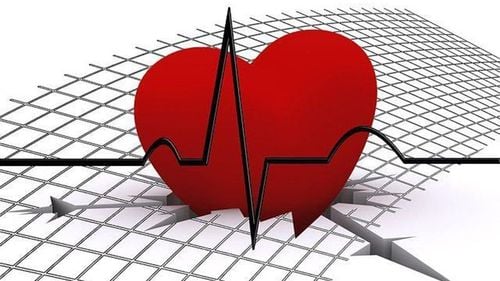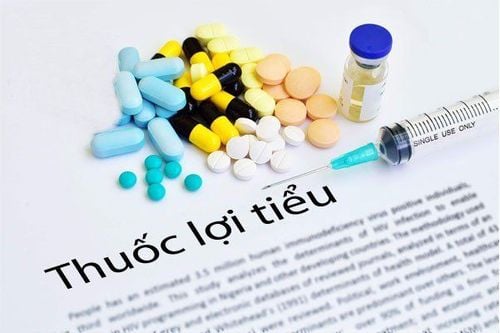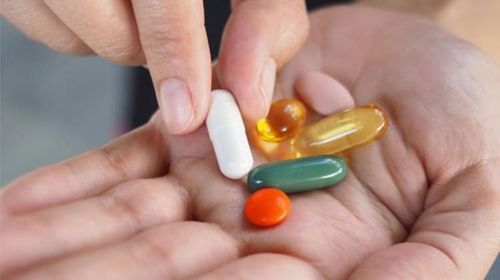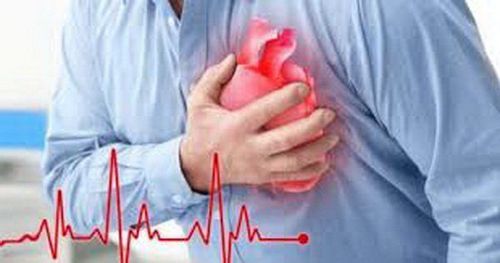This is an automatically translated article.
The article is professionally consulted by Master, Doctor Tong Van Hoan - Emergency Medicine Doctor - Emergency Department - Vinmec Danang International Hospital.Hemodynamic compromise in septic shock is a complex condition with a high mortality rate. This is a condition that is difficult to assess in individual patients, even across stages within the same patient. Early detection of changes in ScvO2 and blood lactate are two very important indicators for diagnosing hemodynamic disorders in septic shock.
1. Septic shock
Septic shock is the most severe course of the infection process starting from local infection, systemic inflammatory response syndrome, sepsis syndrome, severe sepsis syndrome and finally the number of infections.Manifestations of septic shock are mainly vasodilatation, leukocytosis, and increased capillary permeability occurring in tissues located further from the site of infection.
Some risk factors for septic shock:
Sepsis: Patients with bacteria in their blood are at high risk of developing septic syndrome. Age: Older age is more susceptible to septic shock Immunosuppression: Combined diseases that can cause immunosuppression such as cancer, kidney failure, liver failure, AIDS... are at risk of shock Infections Diabetes and cancer: These are two diseases that alter the immune response and put you at risk of nosocomial infections.
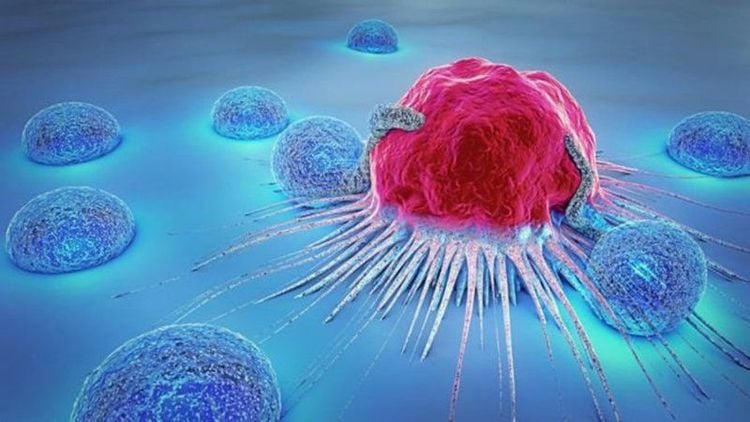
Ung thư khiến bệnh nhân tăng khả năng bị nhiễm trùng bệnh viện
2. Hemodynamic disturbances in septic shock
Hemodynamic disturbances in septic shock can be divided into two stages:Early stage is a microcirculatory disorder occurring in body tissues. This stage is assessed indirectly by the tissue oxygenation index ScvO2 and blood lactate. The late stage is a gross hemodynamic disturbance including blood pressure, circulating volume, systemic vascular resistance, and cardiac function. Features of hemodynamic disturbances in septic shock. Septic shock often causes major pathological disorders including: volume depletion, systemic vasodilatation, blood distribution disorders, myocardial dysfunction.
Pathophysiologically, shock is essentially an imbalance between oxygen supply and consumption, leading to tissue hypoxia. The final manifestation is hypotension and hypoperfusion, impaired cellular function. Septic syndrome is a possible response to infection and septic shock is an infectious syndrome with hypotension and tissue perfusion abnormalities. When septic shock occurs, the intravascular volume will be deficient, in addition, there will be a decrease in the effective circulating volume and an increase in the reserve circulating volume, leading to a relative lack of fluid. Unlike other types of shock, septic shock is caused by disturbances in the distribution of blood flow to the microcirculation along with myocardial depression. When relative volume depletion occurs at the same time, myocardial depression and blood distribution disorders reduce oxygen delivery to the body.
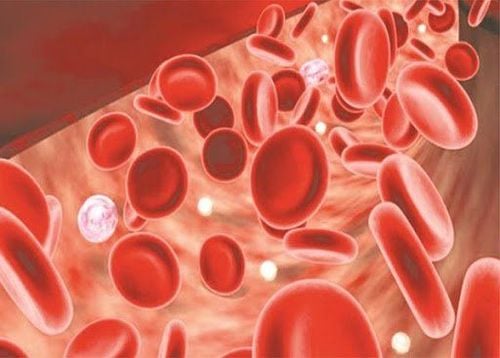
Sốc nhiễm khuẩn gây ra rối loạn phân bố máu trong cơ thể
3. Management of hemodynamic disturbances in septic shock
3.1 Control and maintain airway and breathing:3.2 Restore circulation
Start resuscitation as soon as hypotension or blood lactate > 4 mmol/L Objective of resuscitation (within the first 6 hours): CVP: 8 -12 mmHg mean arterial pressure (MAP) ≥ 65 mmHg. Urine flow ≥ 0.5mL/Kg/hour. Central venous oxygen saturation (superior vena cava) ≥ 70% (ScvO2 ≥ 70%) or mixed venous oxygen saturation (SvO2) ≥ 65%. Return volume: 1000ml of crystalloid (sodium chloride 0.9%, Ringer lactate) or 500ml of colloid in the first 30 minutes - 1 hour. Then adjust according to response and clinical judgment. Maintain ALT at 8-12cmH2O (may be higher if you are on mechanical ventilation or have pre-existing heart disease).
Vasomotor: Only use vasopressor when enough fluid has been rehydrated. Dopamine or Noradrenaline is the first choice. Dopamine starting dose 5μg/kg/min, gradually increase dose 3 - 5 μg after 5-10 minutes if no response, maximum dose 20 μg/kg/min.
3.3 Antibiotics and infection control:
- Take samples for bacterial testing before giving antibiotics.
- Need to give antibiotics early, by injection within the first 1-3 hours.
- Use broad-spectrum antibiotics according to empiric antibiotic therapy and de-escalate.
- Empiric antibiotics: beta-lactams or 3rd and 4th generation cephalosporins can be combined with aminosides or quinolones.
- Combination of antibiotics in the following cases:
+ If the patient has leukopenia, the combination of antibiotics must cover the maximum spectrum of infections (gram-negative, gram-positive, intracellular bacteria...).
+ If blue pus bacillus infection is suspected, Acinetobacter baumanni should be combined with antibiotics sensitive to blue pus bacilli.
+ If intestinal coccidiosis is suspected, add an antibiotic sensitive to enterococci such as vancomycin.
- Note that in patients with renal failure, antibiotic dose must be based on creatinine clearance, the first dose is used as usual, no need to adjust the dose, only adjust the dose from the following doses.
- Treat surgically / drain the infection early if possible: biliary tract infection, pyelonephritis, empyema ....

Nhiễm trùng huyết có khả năng gây ảnh hưởng tới tim
3.5 Blood products:
Platelet transfusion when:
3.6 Blood sugar control
3.7 Bicarbonate treatment
Do not use sodium bicarbonate therapy for the purpose of improving hemodynamics or reducing vasopressor requirements in Patients with tissue hypoperfusion causing lactic acidosis have a pH ≥7.15.
3.8 Prophylaxis of complications
+ Low molecular weight heparin such as enoxaparin 1mg/kg subcutaneously, reduce the dose when the patient has renal failure.
3.9 Source of infection must be addressed by puncture, aspiration, drainage or surgery
3.10 Continuous hemodialysis
Continuous hemodialysis as soon as possible after diagnosis of septic shock, taking care only when The foci of infection were resolved by aspiration, aspiration, drainage, or surgical surgery, if indicated. Dialysis should be performed only when systolic blood pressure > 90 mmHg has been raised by intravenous fluids and vasopressors. Vinmec International General Hospital is the address for emergency examination and treatment of many diseases with complicated developments. In particular, Vinmec has performed many emergency dialysis cases continuously to save patients with septic shock and provide optimal treatment results. Therefore, customers can completely trust when choosing Vinmec as the address for health examination and protection.
Master. Doctor Tong Van Hoan has 10 years of experience in the field of Emergency Resuscitation, is capable of performing difficult techniques in Emergency Resuscitation such as advanced mechanical ventilation, continuous and intermittent dialysis, plasma exchange. , difficult airway intervention, hemodynamic monitoring by PiCCO, advanced cardiopulmonary resuscitation (ACLS), emergency bedside ultrasound, echocardiography...
Customers can go directly to the Health system Vinmec nationwide to visit.





